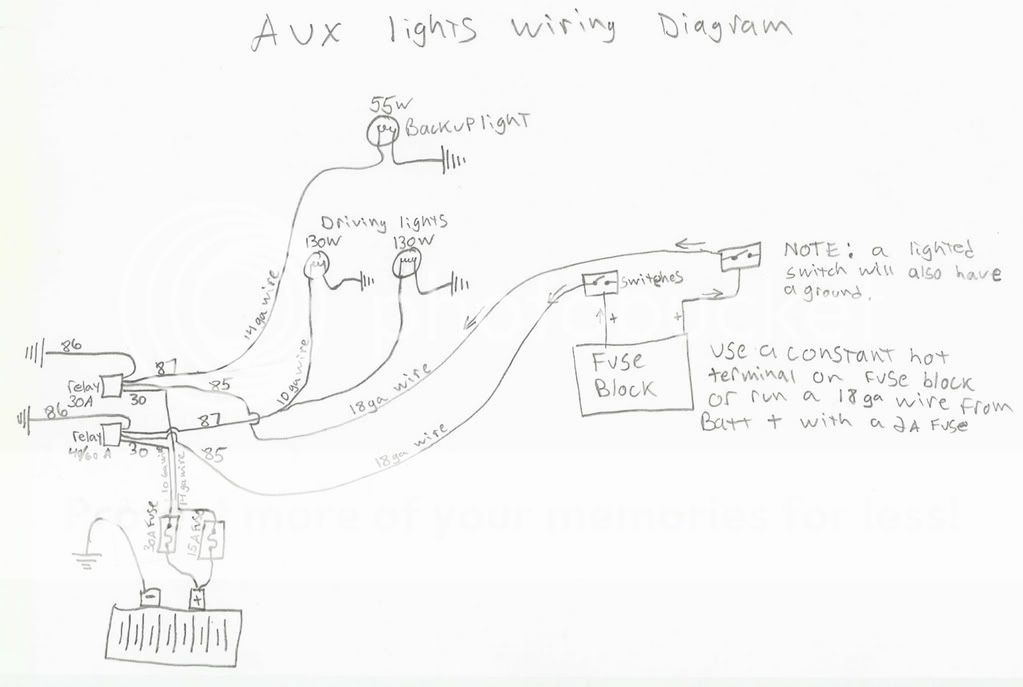BruceB83 said:
Makes sense. So let me make sure I understand this. Voltage should be considered when choosing the type of wire to use. Current is considered when selecting the size of wire to use. I guess this is where something like 10-guage "speaker" wire and 10-guage "automotive" wire differ, right? They are the same size "pipe" but the "walls" are thinner on the speaker wire. I can't open up your solenoid diagram right now b/c adobe is acting up...I'll check it out later.
Correct. Speaker wire works at relatively low voltage (3-5V,) it does not need as much insulation (Hell, I've not even
seen 10AWG speaker wire lately!)
Another factor in insulation quality is operating environment - for instance, SOOW is water-resistant, handles well in the cold, and that sort of thing - while SJOOW wire adds oil- and grease-resistance. Both are usually rated at 600V for insulation breakdown (at voltages higher than 600V, you start running the risk of arcing from the inner condctors -
through the insulation!)
There are two qualities you want in automotive wire, for everything except spark plug wires ("secondary ignition")
1) Voltage. Automotive systems are rated at 12VDC nominal (~14VDC operating,) while heavy truck Diesel electrics are rated at 24VDC nominal (~28VDC in operation.) Since most automotive wire uses 300V insulation, this isn't a problem.
2) Petroleum/solvent resistance. Engine fuels (and, to a lesser extent, detergents used in lubricants) are organic solvents - which means they can dissolve organic compounds, like rubber & Neoprene. Either of these can be reformulated to increase resistance to various organic solvents - which is why some wiring is rated as "oil-resistant."
You want this - especially underhood! Sometimes, other compounds are used for insulation jackets - while Neoprene is common, I've also seen Viton, PTFE, and various cross-linked polymers as well. For instance, I think Painless Performance uses cross-linked polyethylene as a standard insulation on all their wire - it's overkill, but that's why I like Painless (cross-linking a polymer makes it more stable and more resistant to solvents.)
The voltage and environmental ratings are required by Code to be printed/stamped on the outside jacket of the wire or cable, and it's usually quite simple to look up the standard codes (like SOOW or SJOOW, or THN/THHN, as used on industrial wiring.) These codes can tell you what sort of metal is used for the conductor (typically copper or aluminum,) whether it's solid or stranded, what the insulation ratings are, whether it's rated for "burial" use or not (important with household wiring, for instance...) and the like.
I'll probably be adding a "How it works" page for relays sometime fairly soon, but I've got to get a few other things out of the way first...

